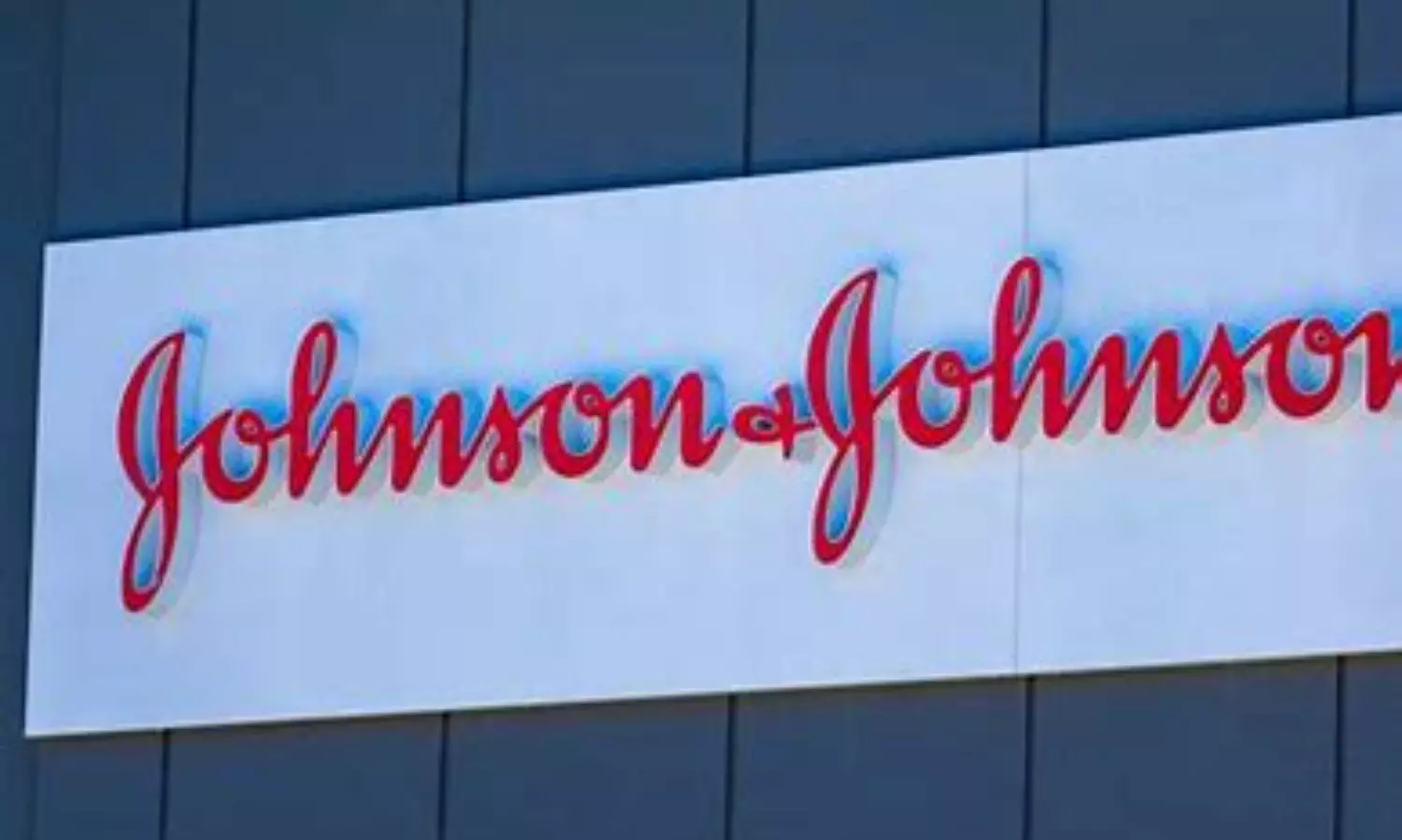Johnson & Johnson Settles $700 Million Talc Product Investigation With 42 U.S. States

Johnson & Johnson (J&J) has agreed to pay $700 million to settle an investigation initiated by 42 U.S. states and Washington, D.C. concerning the marketing of its talc-based products, which were allegedly linked to cancer. The settlement addresses allegations that J&J misled consumers about the safety of these products, which the company sold for over a...
Johnson & Johnson (J&J) has agreed to pay $700 million to settle an investigation initiated by 42 U.S. states and Washington, D.C. concerning the marketing of its talc-based products, which were allegedly linked to cancer. The settlement addresses allegations that J&J misled consumers about the safety of these products, which the company sold for over a century before discontinuing them.
The investigation, led by states including Florida, North Carolina, and Texas, concluded that J&J's talc products contained asbestos, a known carcinogen. J&J has consistently argued that its products are safe and free of asbestos, and did not admit to any wrongdoing in the settlement.
Under the terms of the settlement, J&J will permanently cease the manufacturing, marketing, and sale of talc-based body products in the United States. This action follows J&J's previous decision to remove these products from North American shelves in 2020 and to halt global sales in 2023.
The $700 million settlement will be distributed among the states involved in the investigation. Payments will be made in four installments of $175 million each, scheduled for July 30 of 2024, 2025, 2026, and 2027.
The settlement order said:
“Defendant shall pay the members of the Multistate Working Group collectively a total amount of $700,000,000.00 (“Multistate Amount”), of which the Signatory Attorney General shall receive $3,051,110.51 (the “Settlement Amount”), as specified more fully in Exhibit 2. The Multistate Amount shall be paid in four installments, each payable as directed by the Signatory Attorney General, with installments due as follows: (i) 175 Million Dollars ($175,000,000.00) by July 30, 2024; (ii) 175 Million Dollars ($175,000,000.00) by July 30, 2025; (iii) 175 Million Dollars ($175,000,000.00) by July 30, 2026; and (iv) 175 Million Dollars ($175,000,000.00) by July 30, 2027, as specified in Exhibit 2. Accordingly, Defendant shall pay Plaintiff the Settlement Amount as follows: (i) $759,322.55 by July 30, 2024; (ii) $763,929.32 by July 30, 2025; (iii) $763,929.32 by July 30, 2026; and (iv) $763,929.32 by July 30, 2027, as specified in Exhibit 2.”
Despite this settlement, J&J still faces extensive litigation related to its talc products. As of March 31, approximately 61,490 lawsuits were pending, mostly from women diagnosed with ovarian cancer and others with mesothelioma. J&J has attempted twice to resolve these claims through bankruptcy filings for a subsidiary designed to handle its talc liabilities, but these efforts were unsuccessful.
J&J proposed a $6.48 billion settlement to resolve the majority of these lawsuits. The company has reserved $11 billion to cover all talc-related liabilities and continues to pursue multiple strategies to achieve a comprehensive resolution of the litigation.
The controversy surrounding J&J's talc products has been fueled by investigations and studies linking these products to cancer. Reports from The New York Times and Reuters suggested that J&J executives were aware for decades of potential asbestos contamination in their talc products. However, a 2020 study published in the Journal of the American Medical Association (JAMA) found no statistically significant link between talc use in the genital area and ovarian cancer. Researchers cautioned that the study, which included data from 250,000 women, may not have been large enough to detect a small increase in risk.




